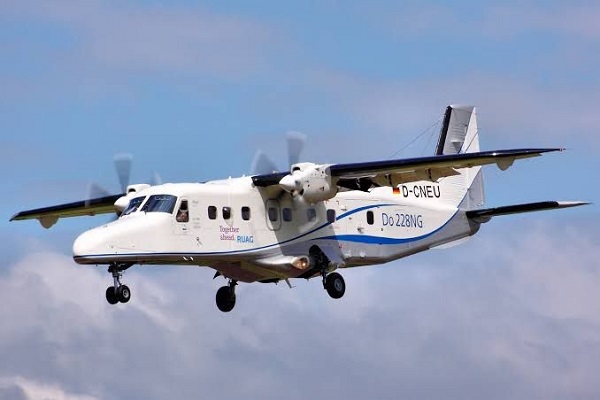New Delhi, (Asian independent) A Pakistan Navy warship, that crossed the maritime boundary line off the coast of Gujarat and entered Indian waters, was detected and forced to retreat by an Indian Coast Guard’s Dornier maritime surveillance aircraft.
According to government sources, it happened in the high seas at the peak of the monsoon season in the first half of July, when Pakistan Navy Ship (PNS) Alamgir crossed the maritime boundary line between the two countries and went into Indian waters on its side.
Shortly after entering Indian waters, it was first detected by an Indian Coast Guard’s Dornier aircraft, that was in the air after taking off from a nearby airport for ocean surveillance.
Indian agencies are very strict about maritime boundary laws and do not even allow their own fishermen to conduct fishing operations within five nautical miles of the border.
Dornier had informed its command centre about the presence of Pakistani warships in Indian waters and continued to monitor it. According to sources, Dornier had issued a warning to the Pakistani warship about its location and was asked to return to its territory, but it did not respond.
The sources further said that Dornier kept hovering over PNS Alamgir, and also tried to establish communication with it over its radio to know its intentions, but the ship’s captain chose not to respond.
The Indian Coast Guard and the Indian Air Force are keeping a watch along the Gujarat coast to prevent any misadventures. Pakistani activities, especially in the form of narco-terrorism, have increased in recent years.
Director General of Indian Coast Guard V.S. Pathania also recently visited the Porbandar area to review the preparedness of the fleet. He also inducted new ALH Dhruv helicopters for coastal surveillance. The force’s hovercraft are also stationed in significant numbers in the area and conduct surveillance in both the high seas and shallow waters.








